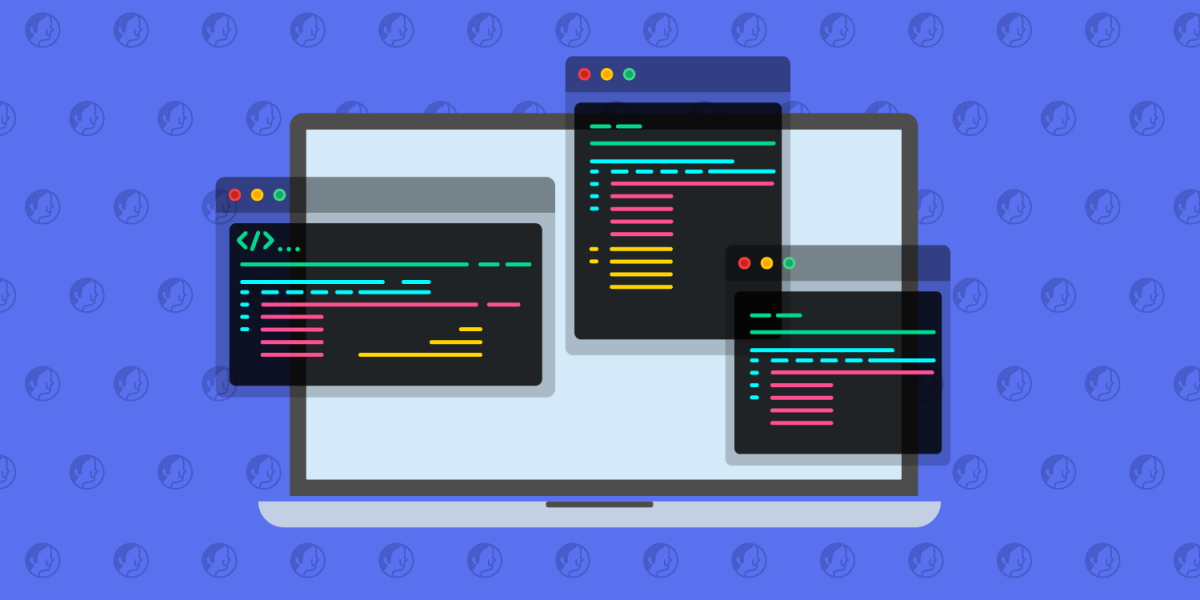vaibhav.kothia@gmail.com
Everything you need to know about PHP
When it comes to fundamental programming languages you should learn for web development, the answer is relatively clear: you can’t go wrong starting with the trio of HTML, CSS, and JavaScript. It can get a bit more murky though with some of the other languages you’ll hear mentioned in tech circles—specifically whether they’re
JSON and XML: How Do They Compare?
JSON and XML are two human-readable text formats that have emerged as rivals over the years. The purpose of XML is to store and define documents and data through the optional use of a schema. JSON was almost exactly the opposite – a serialization format with requirements so simple that
AP AUTOMATION – OCR OR XML?
OCR and XML are two alternative methods for automating invoice handling. Curtis Taylor clarifies the difference between the two methods and gives some advice on what it is important to consider when selecting a service provider. Two methods with important differences Manual processing of invoices – processing supplier invoices in
C# and WebAssembly (Wasm)
WebAssembly may be the most exciting technology for C# developers to emerge in recent times. Browser based applications have been developed in JavaScript, or languages that transpile to JavaScript since the early days of the web. This has meant that C# developers have either needed to work with two or
C# vs Python: What’s the Difference?
C# vs Python: Summary of Differences and Similarities In short, C # is statically typed, can do more, is faster, but takes longer to learn and type. Python is dynamically typed, retrieved and easy to learn and type. Both languages are object oriented and general purpose. C # (“C-Sharp”) and






